- Home
- slideshows
- miscellaneous
- The Apollo moon program's Mission Control Center has been restored and opened to the public. Check out the 1969 time capsule.
The Apollo moon program's Mission Control Center has been restored and opened to the public. Check out the 1969 time capsule.
The restored Apollo Mission Control Center has been reupholstered and decorated with historically accurate details — including rotary phones, coffee mugs, and cigarettes — to look just as it did in July 1969.

In total, 400,000 people worked on the Apollo programs, and Mission Control was at the center of it all (on Earth, at least).
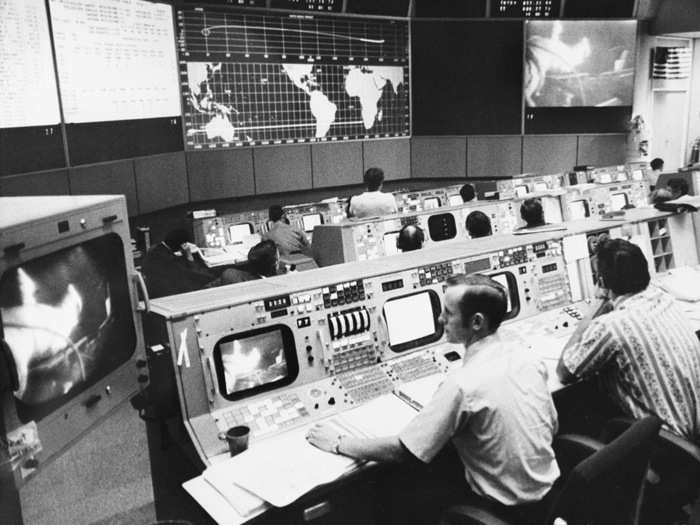
The room was cold and smelled of coffee and tobacco, according to Time.
The flight controllers in that room waved American flags as the Apollo 11 astronauts splashed down safely on Earth on July 24, 1969.
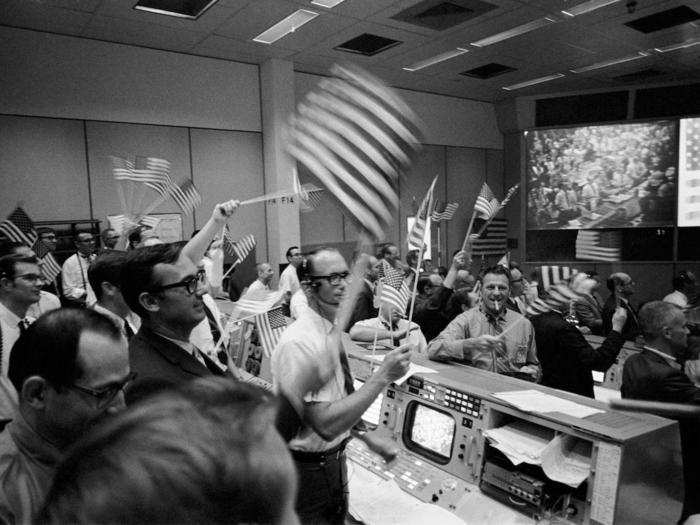
In total, the room was used during all 14 Apollo missions, nine Gemini missions, and 21 space shuttle missions.
Just one year ago, Mission Control looked like this. The empty room's carpet was worn and stained. Monitors' had been scratched. Metal appeared rusted, and the screens at the front of the room were broken.
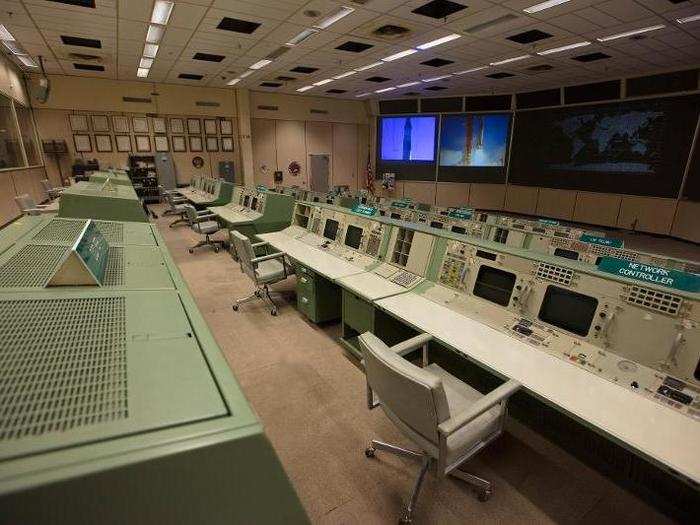
Anyone with access to the building could come and go as they pleased, the Times reported, but that meant people occasionally left behind garbage.
Many buttons and dials had gone missing, since visitors sought out souvenirs.
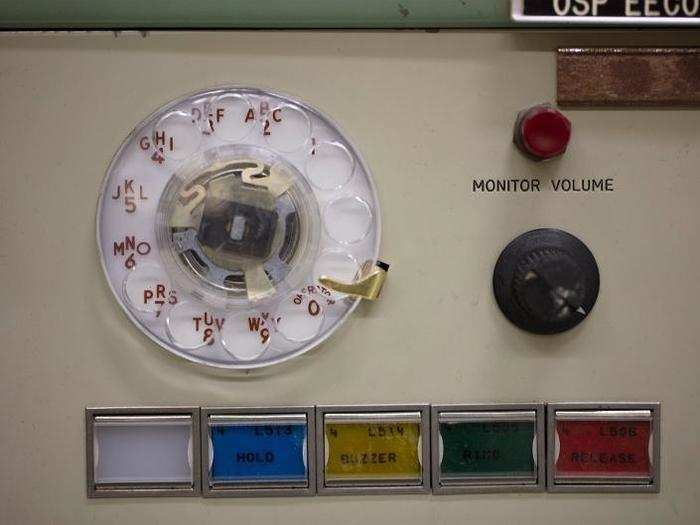
Gene Kranz, an Apollo-era flight director who later became the director of NASA flight operations, told the Times that he had to clean up trash before giving any tours.
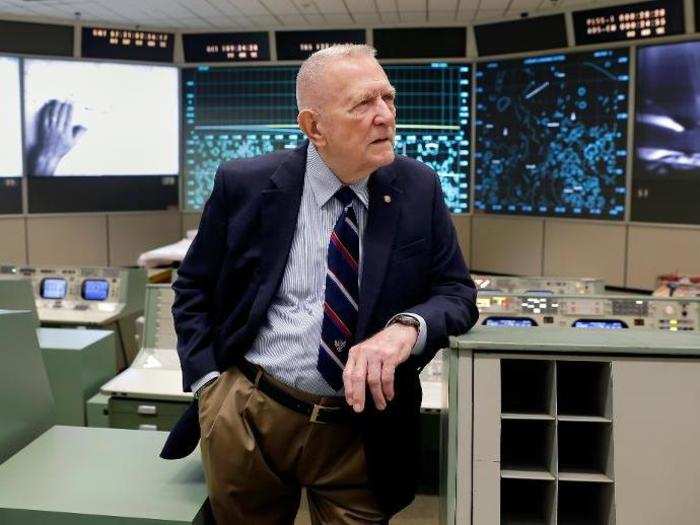
"This place was not representative of historic mission control," Kranz told the Times. "The configuration of the consoles in no way represented where we were and what we did."
Because the room was used throughout the space-shuttle program in the 1990s, much of the original equipment from the Apollo era had been replaced.
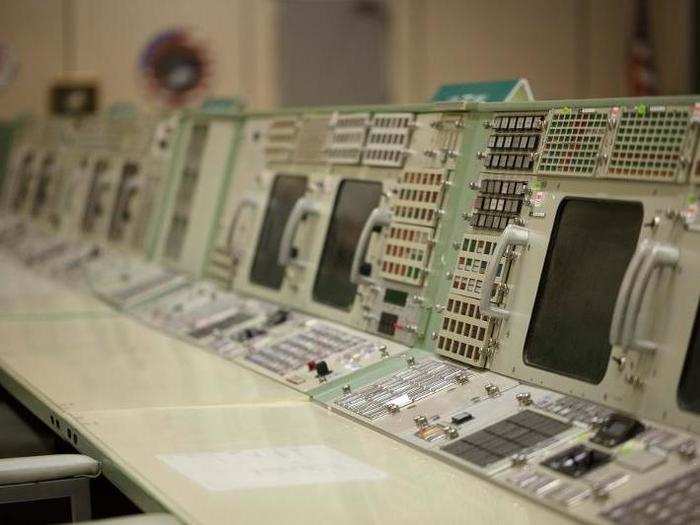
"Alumni who worked in flight control during the Apollo era had been advocating for years to do something about the state of the room," William Harris, president and CEO of Space Center Houston, told Houstonia Magazine. In 2013, Kranz and others decided to pursue a restoration project.
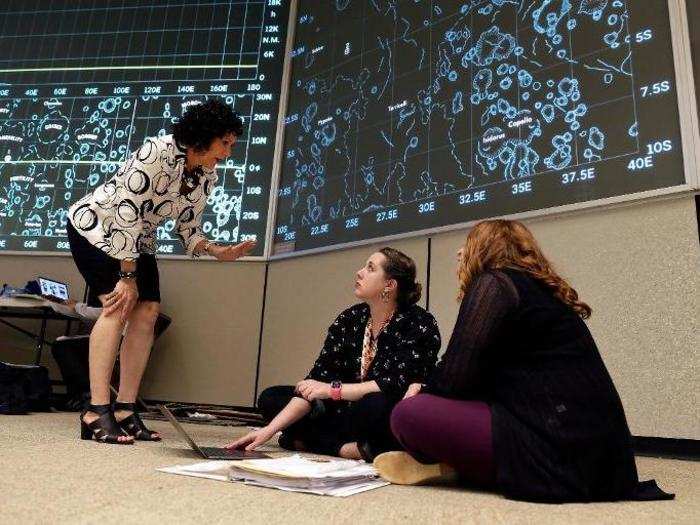
"The priority at Johnson Space Center is the current missions, the future missions, not preserving the past," Harris added.
Restoring the Mission Control Center was not easy — funding was the hardest part. The group needed $5 million to get the room back in shape.
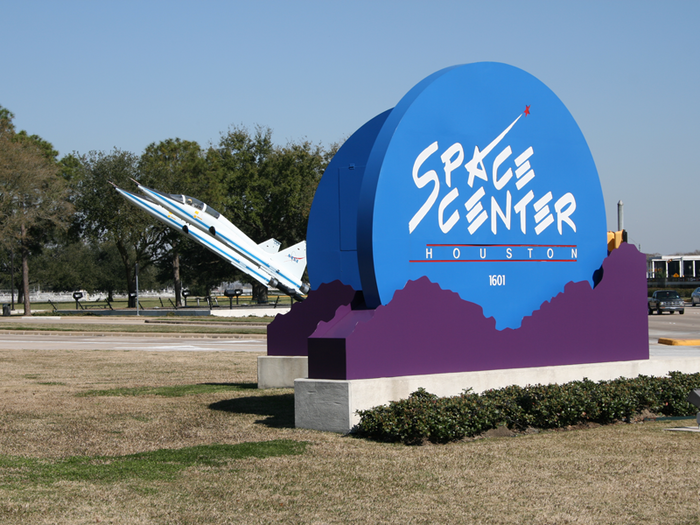
The nearby city of Webster, Texas, where many Apollo-era staff lived during the program's heyday, put $3.5 million toward the restoration.
Space Center Houston — the museum associated with Johnson Space Center — raised over $500,000 on Kickstarter, and the city of Webster matched $400,000 of that fundraised total.
Restoration work started in July 2017. Photos from the 1960s helped the restoration team recreate the aesthetic of the Apollo era. They tracked down the consoles' original green paint and found extra viewing-room wallpaper hidden behind a fire extinguisher.
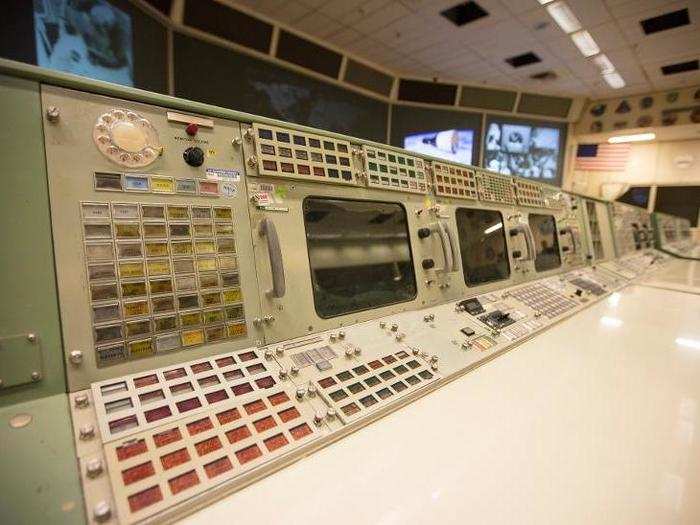
The group even pulled ceiling tiles that matched the originals from a phone booth in the Johnson Space Center lobby, according to the Times.
The restorers hunted down old equipment and other vintage items. The group placed a box in the Space Center lobby with a note asking NASA employees to return anything they had from the Apollo era.
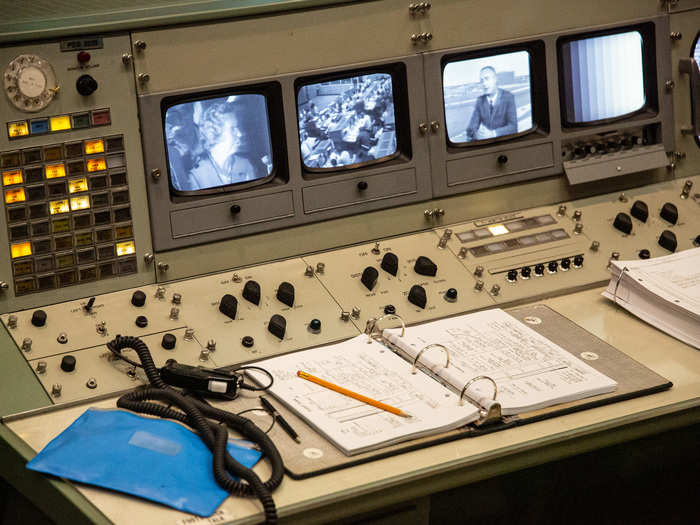
"We got a lot of items back this way," Harris told Houstonia. "More than you would have expected."
Installing LED lights helped make the lighting more look like it did in 1969 while also protecting the room's contents from UV exposure.
"People came out of the woodwork from all over the place to give us items from that time that they thought would help," Harris said.
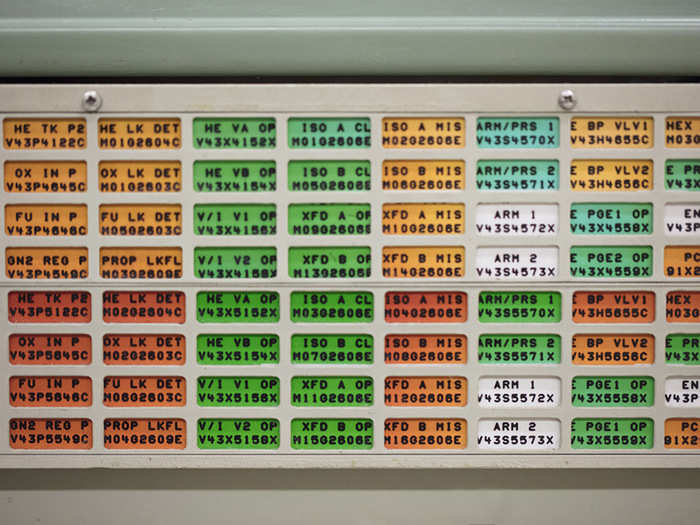
The team sought out historically accurate trash cans, chairs, and other items by scavenging around the Johnson Space Center, bidding on eBay, and requesting donations.
One curator got a phone call from a person whose father had worked at the factory that made the original console buttons. They offered a bag full of them, Houstonia reported.
"It was great, because we really did need them," Harris said.
Today, the restored Mission Control Center boasts historically accurate coat racks, ash trays, flight-control manuals, and a coffee station to make the room feel like a time capsule.
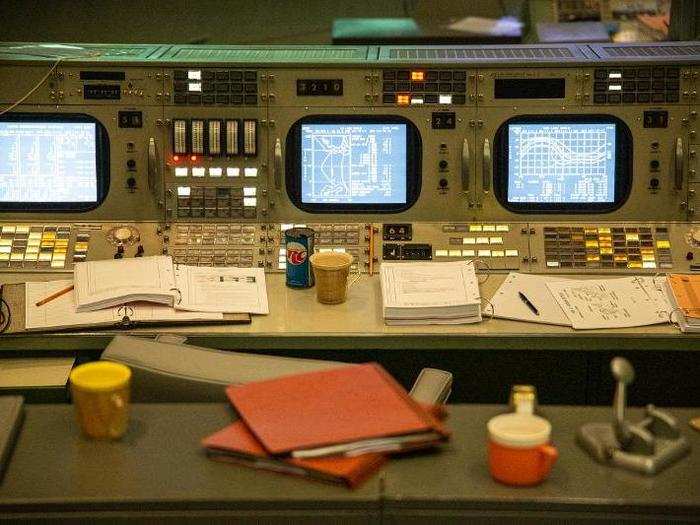
The consoles are littered with pens, pencils, maps, stopwatches, binders, glasses, cigar boxes, and Winston or Marlboro cigarettes.
When the restoration team couldn't find original items from the '60s, they recreated objects with the most historically accurate materials available.
Recreating the information displayed on monitors and screens was especially challenging. According to a Space Center Houston blog post, "photographs and films provided some clues, but many focused on the flight controllers and not the screens."
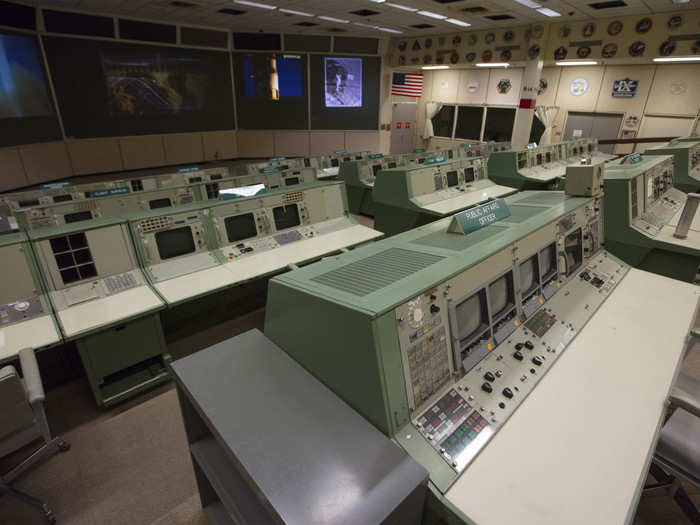
"Due to the low light level of the room, many of the screens in the photos and films were overexposed when adjusted to capture the flight controllers," Paul Spana, the blog post's author, wrote.
The team wound up shipping the consoles to the Cosmophere space museum in Kansas, where experts restored and reanimated them.
Today, the five large screens at the front of the room display recreations of the images seen during during the Apollo 11 moon landing. The smaller consoles display data used that day.
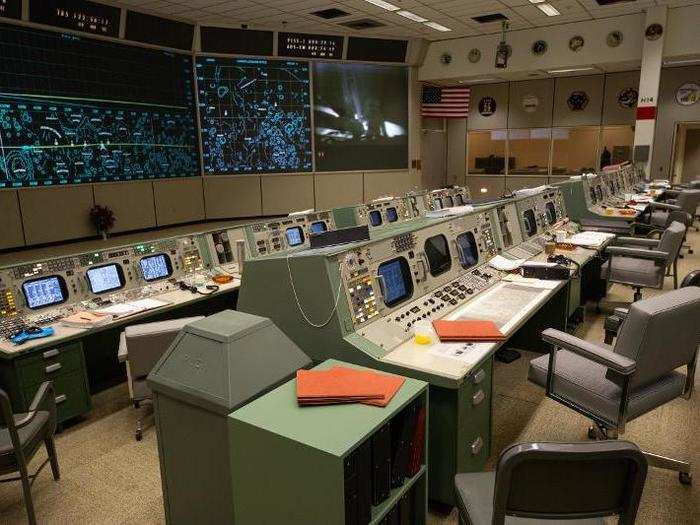
"After 50 years, the flight controllers didn't recall a lot of the details about what was on the screens — they had been focused on getting the astronauts to the moon and back safely," Spana wrote. "Between their memory, books, photos, and the digitization of films that haven't been seen in a long time, the forgotten details began to fall in place."
Mission Control opened to visitors on July 1. Jennifer Keys, the restoration team's project manager, described the project as a "herculean effort," according to the Times.
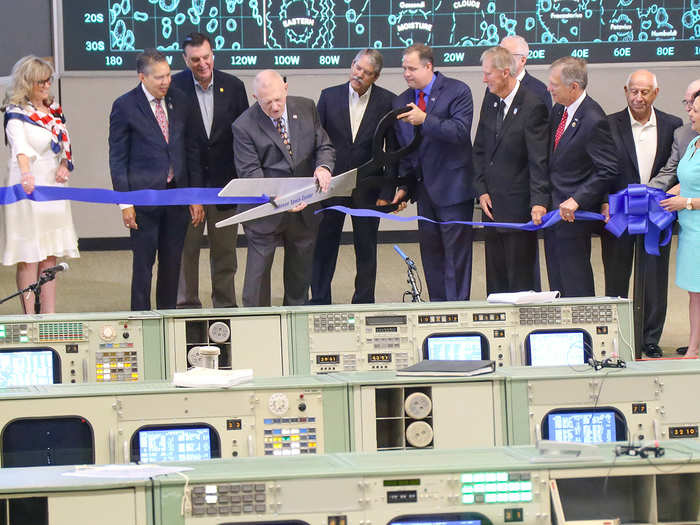
Visitors can buy tickets on Space Center Houston's website.
"It was dazzling," Kranz told Times of his first visit to the restored room. "You couldn't believe this. All of a sudden you were 50 years younger and you wanted to work in there. I wanted back in that room to work."
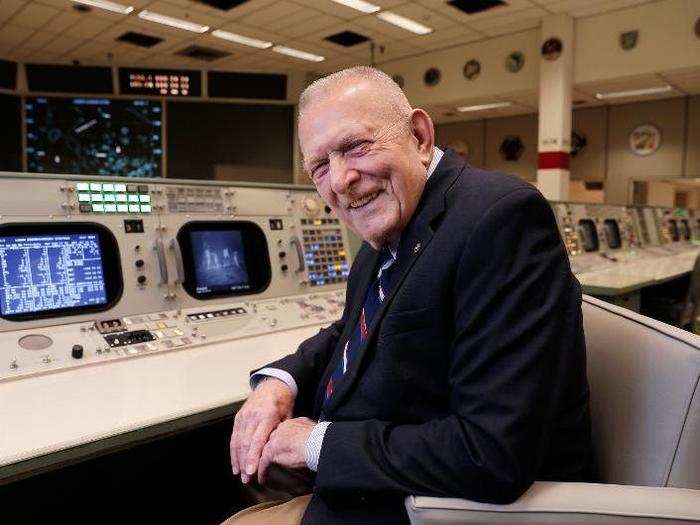
Popular Right Now
Advertisement